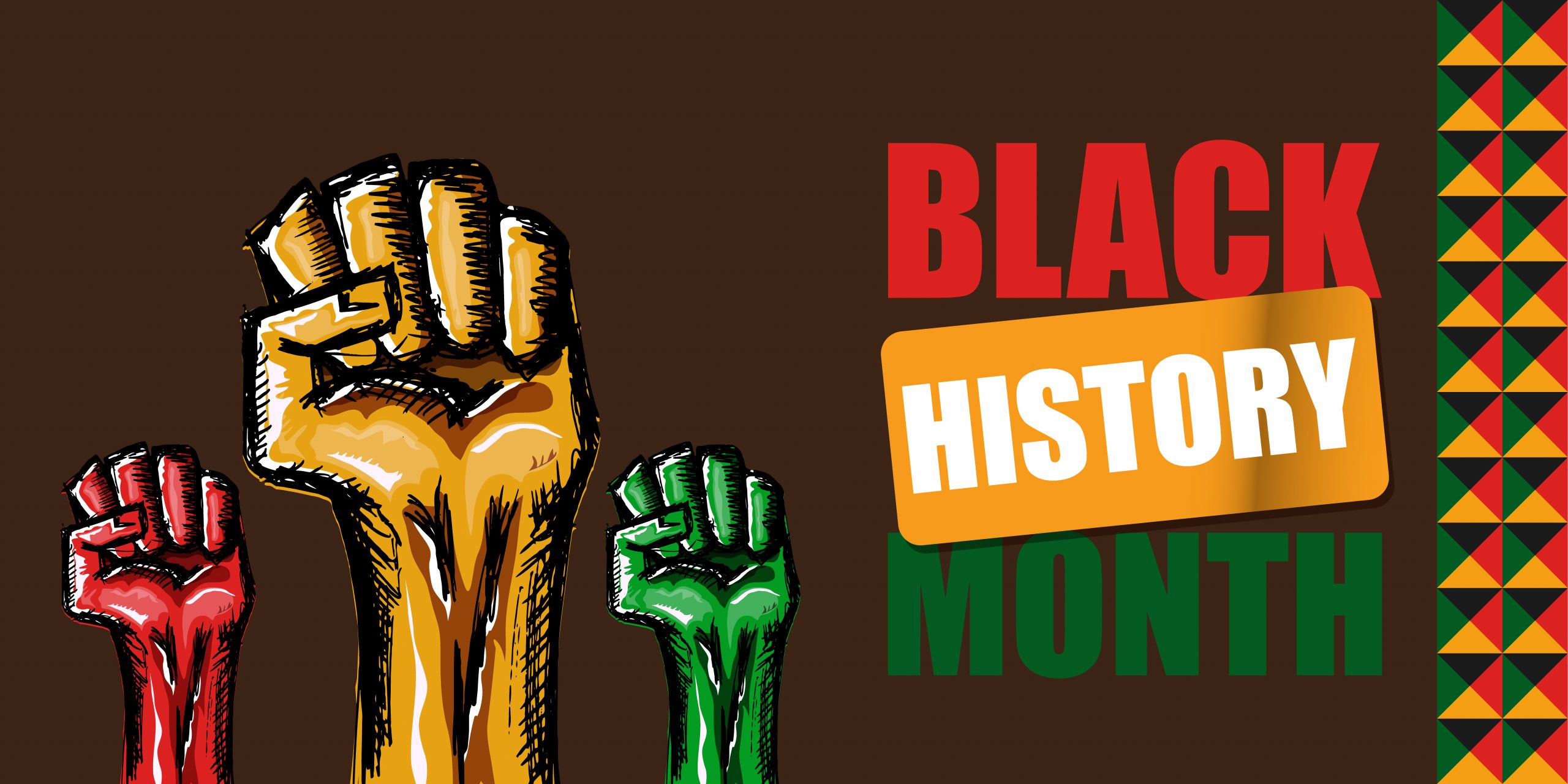
Even as a Black Woman, I spent most of my life holding little to no knowledge of Black history outside of slavery until I took my education into my own hands.
The ‘United States History’ course curriculum in America consists of the following: Columbus and his voyage to America, colonization, The Constitution, the revolutionary war, Washington’s presidency, political parties, slavery, the Civil War, and Jim Crow laws.
Despite the increase in diversity in elementary, middle, and high school classrooms, diversity taught in classrooms has advanced at a much slower pace.
In 2021, some states placed legal limits on discussing racism in school. Throughout the years, parents have also made efforts to try to censor books about racial identity.
History taught in classrooms is whitewashed. The Webster dictionary defines whitewashing history as portraying history “in a way that increases the prominence, relevance, or impact of white people and minimizes or misrepresents that of nonwhite people.”
To minimize whitewashing and shed light on how diverse our country truly is, the United States dedicates time to celebrating different cultures, ethnicities and religions.
These include, but are not limited to National Hispanic Heritage Month, American Indian Heritage Month, Asian Pacific Heritage Month, Jewish American Heritage Month and African American History Month.
In 1917, historian Carter G. Woodson co-founded the Association for the Study of Negro Life and History in response to the lack of available information on accomplishing of Black people.
In 1926, the organization declared a “Negro History Week” as the second week of February. The Association worked to teach students about Black and African American contributions to American society.
Critics argue that Black lives were only collectively referenced as enslaved people outside of this month, and today, Black people are left with only 28 days to celebrate their history.
That the month is limiting to the discussion of African American success, but Black History Month has been and still is a catalyst for change in the teaching, discussion and image of Black people in history.
What began as a week has turned into a month, and ultimately, a movement. As we continue to move in the direction of highlighting Black figures, we will continue to see a Black history as American history.
The celebration is a month-long spotlight on the achievements, contributions and culture that Black people have brought to the world. It also focuses on a conversation about Black history away from slavery, segregation and Black trauma.
This February, the theme for Black History Month was “Black health and wellness.” While educating the world on Black achievements, the month also provides opportunities for African Americans.
Black History month opens opportunities for knowledge. The celebration of Black culture and achievement was one week in 1917 and has worked its way up to February.
Now that Black History month is coming to an end, we must take our education into our own hands, and immerse ourselves in the diverse history of America.
February is a step closer to weaving Black history into what we know as American history. For now, we can agree that Black History Month is worth the recognition.
